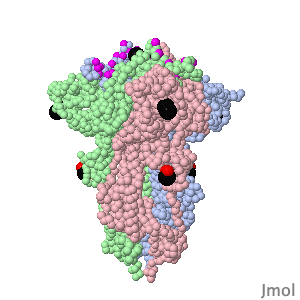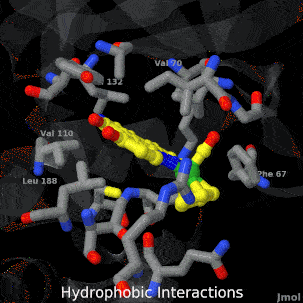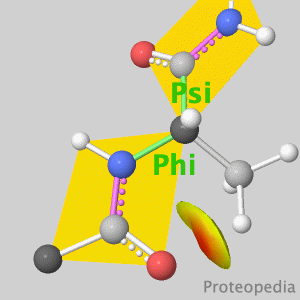Main Page
From Proteopedia
| Line 32: | Line 32: | ||
| - | <tr style="font-size: 1. | + | <tr style="font-size: 1.0em; text-align: center;"> |
| - | <td style="padding: | + | <td style="padding: 10px;> |
<p>[[Help:Contents#For_authors:_contributing_content|How to add content to Proteopedia]]</p> | <p>[[Help:Contents#For_authors:_contributing_content|How to add content to Proteopedia]]</p> | ||
<p>[[Proteopedia:Video_Guide|Video Guides]]</p> | <p>[[Proteopedia:Video_Guide|Video Guides]]</p> | ||
Revision as of 10:01, 21 October 2018
|
ISSN 2310-6301
As life is more than 2D, Proteopedia helps to bridge the 3D relationships between function & structure of biomacromolecules
| |||||||||||
| Selected Pages | Art on Science | Journals | Education | ||||||||
|---|---|---|---|---|---|---|---|---|---|---|---|
|
|
|
|
||||||||
|
How to add content to Proteopedia Who knows ... |
Teaching strategies using Proteopedia |
||||||||||
| |||||||||||





